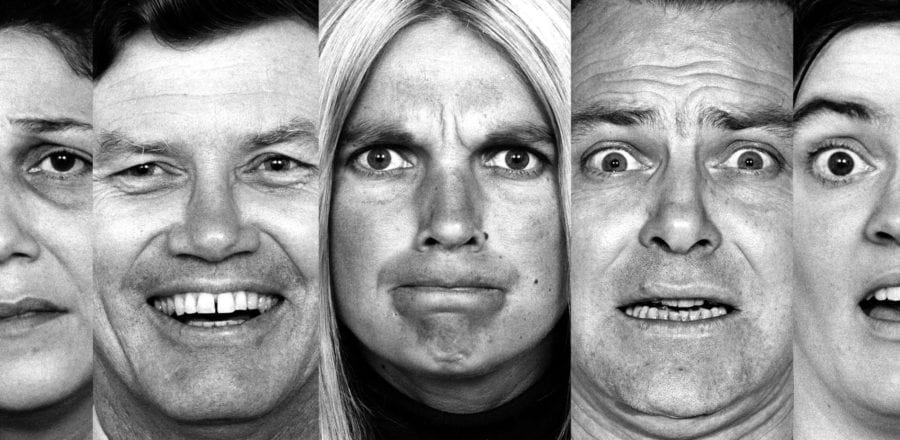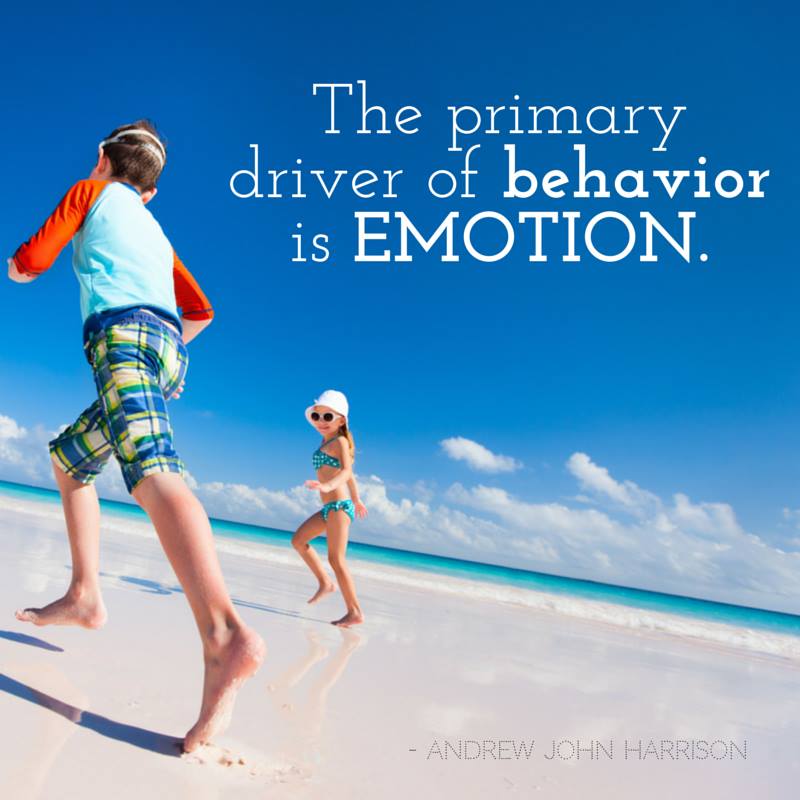Consider the chart below: Seven Types of People. As a general rule most people tend to spend most of their time in one primary zone or level. Yes, from day to day, week to week, a person can change and rise up and down this scale. In other words when a person changes for the better, they move up. The opposite is also true: when they change for the worse, they move down.
Understanding this chart and the other charts of the Optima Zones allows you to predict the results people will get from life, career, business and relationships. It also allows you to identify where you are at, so you can change what you need to change in order to improve your results.
<< click on the chart to enlarge >>
© Goldzone Education. All rights reserved.
Leadership Advocate and Co-Founder of the Goldzone Group. I help leaders to master the new rules of leadership for the new economy. Over the past 30 years, I have visited more than 500 cities in 54 countries to explore, learn from, and help many of the world’s leading companies, leaders, and luminaries in science, technology, health, finance, and entrepreneurship.





